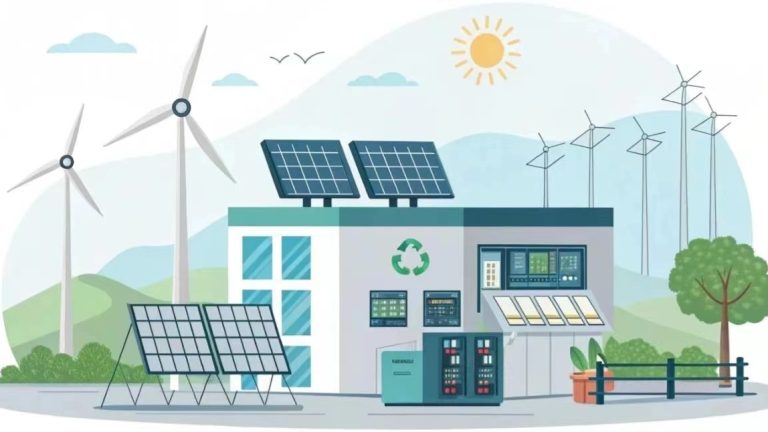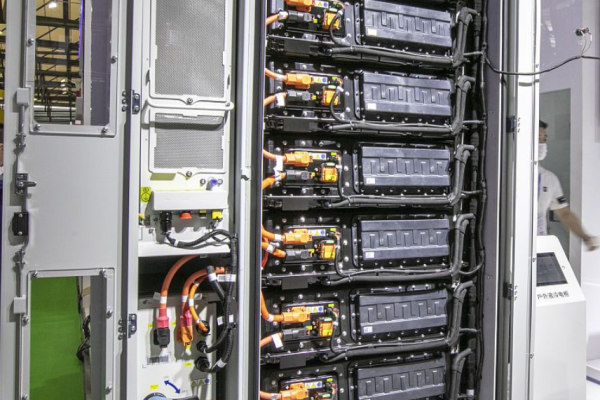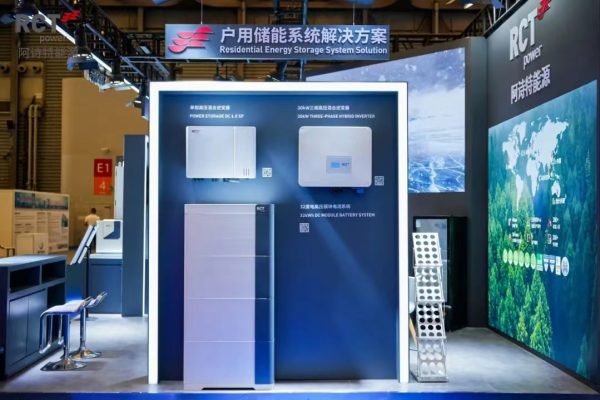A Practical Guide for PV + Storage Distribution Success
1. Why Local Partner Training Matters
For companies selling integrated solar + storage solutions, local partners — such as distributors, resellers, and installers — are your frontline sales force.
Even the best product can fail to gain traction if your partners don’t understand the technology, can’t explain its value, or aren’t confident in handling client objections.
Training your partners effectively ensures:
- Faster sales cycles
- More consistent messaging
- Higher customer satisfaction
- Fewer post-sale support issues
2. Step One: Understand Your Partners’ Starting Point
Before you design training:
- Assess their technical knowledge (Do they understand PV sizing? ESS specs?)
- Identify their sales style (Consultative? Price-driven?)
- Understand their market challenges (Competition, customer priorities, regulatory limits)
Tip: A quick pre-training survey or short call saves time and ensures relevance.
3. Step Two: Create a Training Framework
An effective local partner training program should have three layers:
- Product Knowledge
- Core features of your integrated solution
- System components and their role (PV, battery, inverter, EMS)
- Unique selling points compared to standalone products
- Sales Skills
- How to present benefits to different customer segments (residential vs. C&I)
- Common objections and ready answers
- Using ROI and reliability to close deals
- Practical Application
- Hands-on demos or virtual walk-throughs
- Case studies from similar projects
- Local success stories
4. Step Three: Use Multiple Formats
Not all partners learn the same way. Offer a mix of:
- Live workshops for interactive Q&A
- Pre-recorded video modules for flexible review
- PDF quick guides for reference in the field
- Online quizzes to confirm understanding
Tip: Keep training content modular, so partners can revisit specific topics without repeating the whole program.
5. Step Four: Include Real-World Selling Scenarios
Simulated scenarios help partners apply knowledge:
- A factory owner wants PV+storage for peak shaving — how do you pitch it?
- A hotel worries about battery fire risk — how do you address safety?
- A customer is comparing you to a cheaper Alibaba seller — how do you justify value?
These exercises build confidence in handling objections.
6. Step Five: Provide Sales Tools
Partners should leave training with:
- Pricing calculators for quick quotes
- ROI templates
- System diagrams for presentations
- Comparison sheets versus competitors
- Safety and compliance documentation
Tip: Tools should be branded but easy to customize for their local market.
7. Step Six: Follow-Up Support
Training is not a one-time event. Keep partners engaged with:
- Monthly update calls
- Access to a partner portal with the latest materials
- On-demand technical support
- Co-marketing campaigns (ads, social media, webinars)
8. Step Seven: Measure and Improve
Track:
- Sales volumes per partner after training
- Support tickets (Are they decreasing?)
- Feedback from end customers
- Partner satisfaction surveys
Use this data to refine your training content and delivery.
9. Training as a Growth Multiplier
Well-trained partners are multipliers of your market reach.
By combining product mastery, sales confidence, and ongoing support, you turn local partners into brand ambassadors who close deals faster and deliver better customer experiences.
Investing in their training is not a cost — it’s a revenue growth strategy.









